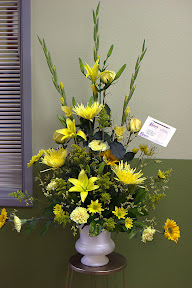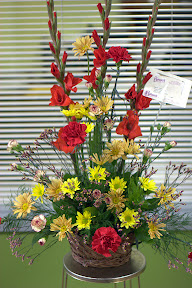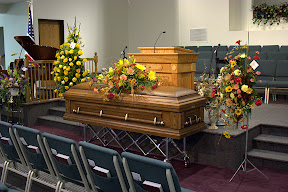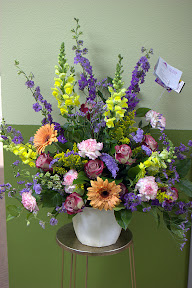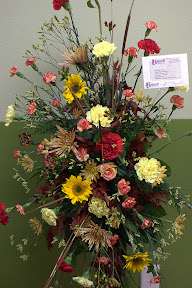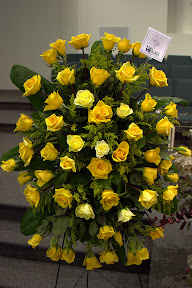I considered the Canon RS-80N3 Remote Switch for my Canon 7d, which is a hard-wired release. Online reviews showed purchasers to be nearly unanimous in praise for this accessory, and the simple design offered very little to go wrong. However, I also noticed a selection of third-party products that provided the same functionality with the added benefit of being wireless. Tempted by the wireless feature, I bought the Aputure Pro Coworker Wireless Remote Shutter from fotodiox, an Amazon Marketplace partner.
The product arrived in three days and the box contained six items. These included:
- the remote transmitter,
- the receiver,
- batteries for each,
- a cable to connect the receiver and camera body and
- an instruction sheet.
The receiver takes two AAA-sized batteries. The transmitter a 12V 23A. I was not familiar with this last battery, and at first was concerned that finding replacements might be difficult. Further review showed that this is a common size for various remotes, and they can be found locally and online.
The receiver is connected to the camera body by a short cord with a mini-plug on one end that goes into the transmitter and a camera body specific plug on the other. The use of this cables permits Aputure to customize the remote for different types of cameras without requiring a custom design for each product. Neither the documentation nor the company website reveal whether alternate cords could be purchased, thereby permitting a single remote to serve for multiple types of bodies.
The receiver has a shoe connector at its base, permitting you to attach it to the flash shoe to keep things neat. The receiver is lightweight, and no problem appeared just letting the receiver dangle at the end of the cord. This is important for me, since my flash shoe is usually occupied with my Cybersync CST transmitter for the flash.
I installed all the batteries, attached the receiver to the body and turned it and the body on. The transmitter has a switch with two settings, one marked with a multiple frame icon, the other with a clock icon. With the switch in the multiframe position the transmitted worked just like the shutter release on the 7d body. A half-press would focus and set the exposure, while a full press fired the shutter. If you put the body into multishot drive mode and held down the remote button then the body fired as fast as it could (which on the 7d is pretty fast!) Switching the mode to the clock icon introduced a delay in the shot of about two seconds. This delay was managed by the receiver, not the regular 2 or 10 second delay available via the camera body.
Playing with distance, the remote seemed to fire the body from anywhere within the house that I bothered to go. It worked at distances of up to 75 feet and that going through multiple walls.
Both receiver and transmitter have a block of four DIP switches, which allow you sixteen channels for the radio signals. I did not bother changing them off the defaults.
One very interesting feature of the system is that the receiver has a button on it just like the one on the transmitter. This button provides the same remote release features, so you can use it as a corded remote release (although, one with a very short cord!) if the wireless remote were to fail. This functionality works even if the receiver is turned off or even if the batteries are removed!
Durability cannot be assessed yet, as this just arrived in house. But everything feels solid and professional. I will watch how performance and reliability play out over the upcoming months and update this review accordingly.



